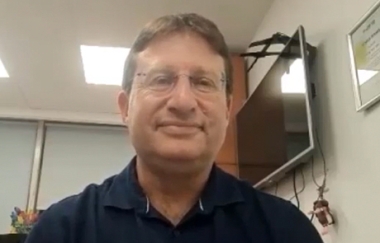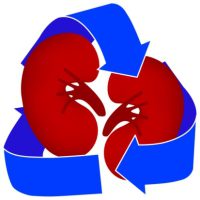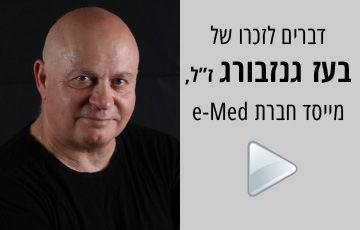Vered Yehezkely-Schildkraut, Orly Eshach-Adiv, Mariana Munichor,
Drora Berkowitz, Corina Hartman, Eldad Rosenthal, Hana Mandel, Raanan Shamir
Pediatric GI and Nutrition Unit, Rambam Medical Center, Haifa, Israel
Background: Case series describing Non-syndromic Paucity of Intrahepatic Bile Ducts (PIHBD) are rare. Our aim was to delineate the clinical and laboratory profile of PIHBD patients diagnosed at Rambam Medical Center.
Methods: We reviewed all the reports of pediatric liver biopsies performed between 1991 and 2000. Upon diagnosis of PIHBD, patients’ records were examined for clinical, laboratory and histologic data.
Results: Three hundred biopsies were performed in children during the study period, of which 64 were in infants younger than one year of age. PIHBD was diagnosed in 10/64 biopsies (16%). Mean age at presentation was 10 days (range, 1 day to 6 weeks), and mean follow up was 4.5 years (range, 1 to 9 years). An underlying condition was identified in 50% of children with PIHBD: namely congenital CMV (n=2), mitochondrial DNA depletion (n=1), Nieman Pick C (n=1), and ARC (arthrogryposis-renal-cholestasis) syndrome (n=1). All children presented with jaundice. Four children had initially acholic stools. At their last follow-up visit, failure to thrive was present in five children, and cholestasis in six children. Mortality was noted only in children with metabolic diseases (n=2).
Conclusions: 1) In our tertiary center, PIHBD is a common cause of liver disease in young children. 2) This is the first report relating PIHBD to particular metabolic diseases. The association of PIHBD and metabolic disease carries a grave prognosis.



















השאירו תגובה
רוצה להצטרף לדיון?תרגישו חופשי לתרום!